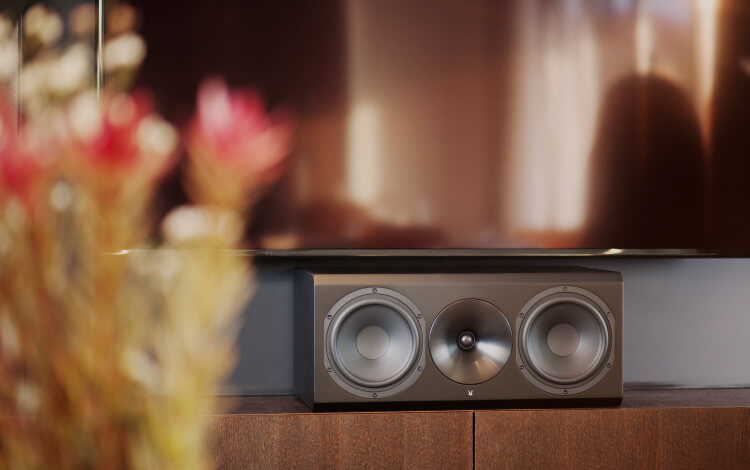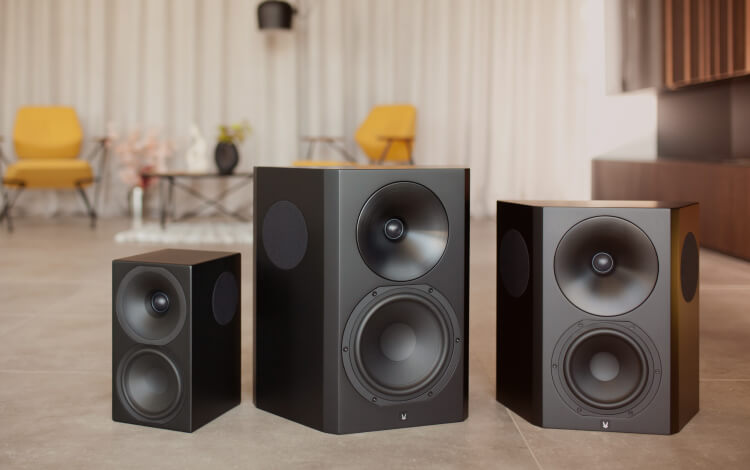Designing a Home Theater for Multiple Purposes
Introduction
Creating a dedicated home theater room can be an exciting venture, but what if you want your space to serve multiple purposes? Whether you need a room that can function as both a home theater and a living area, a home theater that doubles as a gaming room, or any other combination, it is entirely possible to design a home theater that meets all your needs. In this guide, we will discuss some key considerations and strategies for designing a home theater for multiple purposes.
1. Identify Your Needs and Priorities
The first step in designing a multi-purpose home theater is to clearly identify your needs and priorities. Ask yourself:
- How often will you use the space for each purpose?
- Which activities will take precedence in terms of space and equipment?
- Are there any specific requirements or limitations you need to consider?
2. Optimize the Room Layout
One of the most important aspects of designing a multi-purpose home theater is the room layout. Here are some tips to optimize your space:
- Consider using modular furniture that can easily be rearranged to accommodate different activities.
- Plan the seating area in a way that allows for optimal viewing angles and comfort.
- Ensure that there is adequate space for any additional equipment or gaming consoles.
3. Incorporate Flexible Lighting Options
Lighting plays a crucial role in creating the right ambiance for different activities. Here’s how to incorporate flexible lighting options:
- Install dimmable lights or smart lighting systems that allow you to adjust the brightness as needed.
- Consider adding accent lighting to highlight certain areas of the room.
- Utilize blackout curtains or blinds to control the amount of natural light entering the space.
4. Invest in Soundproofing
When you have a multi-purpose home theater, it’s essential to minimize noise disruptions. Soundproofing the room can help achieve this. Here are some soundproofing tips:
- Use acoustic panels or sound-absorbing materials on the walls to reduce echo and external noise.
- Insulate the doors and windows to minimize sound leakage.
- Consider a high-quality sound system that offers clear and immersive audio, even at lower volumes.
5. Utilize Technology for Flexibility
Technology can be your ally when creating a multi-purpose home theater. Here’s how to leverage it:
- Invest in a motorized projection screen or a TV mount that allows easy adjustment for different viewing angles.
- Consider using a wireless audio system that can connect to multiple devices and be easily controlled.
- Explore smart home automation options that allow you to switch between different presets for various activities.
Conclusion
Designing a home theater for multiple purposes requires careful consideration of your specific needs and priorities. By optimizing the room layout, incorporating flexible lighting options, soundproofing, and utilizing technology, you can create a space that seamlessly transitions between different activities. Remember to design a room that caters to your preferences and enhances your overall entertainment experience.









